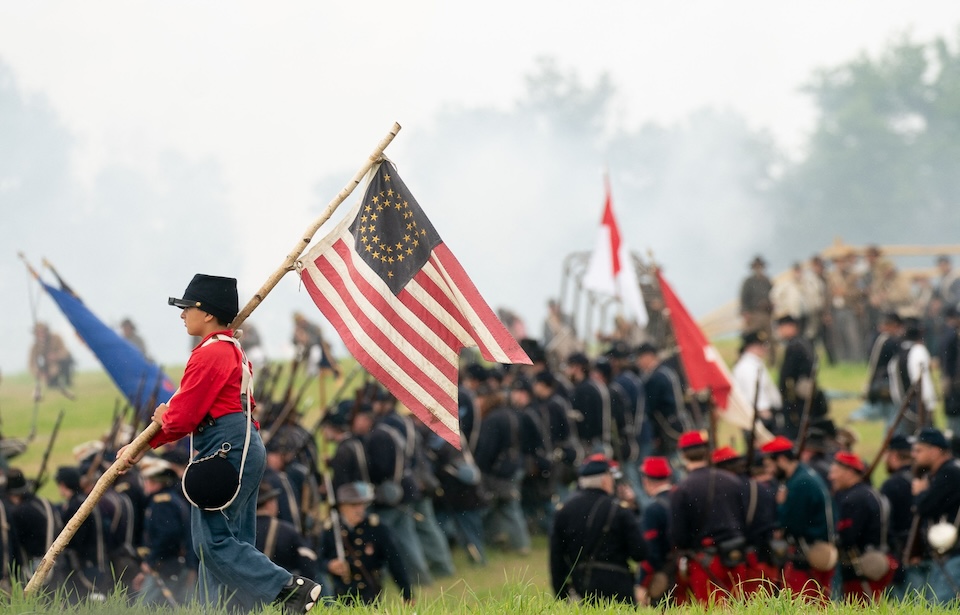The American Civil War was a pivotal moment in U.S. history, shaping the nation’s future in countless ways. While many popular beliefs about the conflict are rooted in actual events, numerous myths have also emerged over the years. By delving into these misconceptions, we can better understand the war’s true nature and how these false ideas became ingrained in public memory. This process helps us separate fact from fiction and gain a more accurate view of the war’s impact and legacy.
MYTH: Thousands of African-Americans fought for the Confederacy
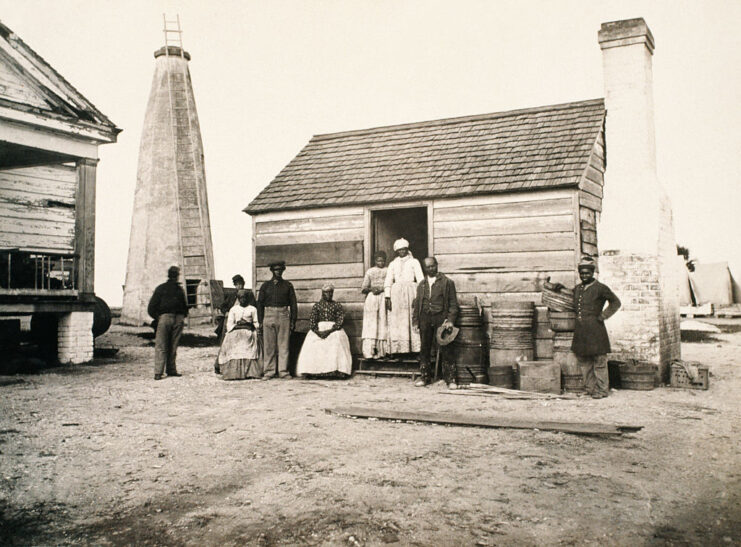
A commonly debated topic regarding the American Civil War is the role of African Americans in the Confederate Army. Some claims suggest that thousands of enslaved and freed African Americans served as soldiers for the South, but the truth is more complex. These individuals were not formally enlisted as soldiers, nor did they volunteer willingly to fight.
Instead, thousands of African Americans served with Confederate forces in non-combat roles such as servants, hospital workers, laborers, and cooks, though they were not officially acknowledged as military personnel. These tasks were typically forced upon them by white individuals who believed in racial inferiority. While certain duties, like musicians and cooks, may have provided some compensation, many African Americans in these roles received little or no pay.
In 1865, the Confederate Congress passed a law that allowed for the formal enlistment of African American soldiers, but it required slave owners to grant them freedom first. As a result, enlistment was limited, with few African Americans able to join the Confederate forces under this condition.
MYTH: The South lost because the North had more resources
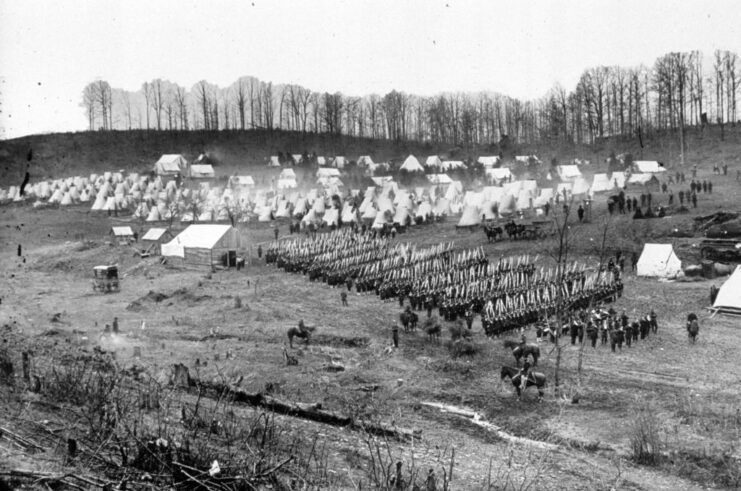
Many people think the South lost the Civil War simply because the North had more soldiers, weapons, and supplies. While that did play a role, it wasn’t the only reason the Confederacy was defeated.
The belief that the North’s greater resources were the main cause of the South’s loss became widely accepted soon after the war. But according to University of North Carolina history professor Karen L. Cox in an interview with The Washington Post, other important issues were also at play—like falling morale and deep divisions within Southern society.
On top of that, the Confederacy faced major challenges such as high numbers of desertions and the loss of enslaved people, who were a crucial part of the labor force that supported their military efforts. All of these problems added up and made it harder for the South to keep fighting.
MYTH: Robert E. Lee didn’t own slaves or support slavery
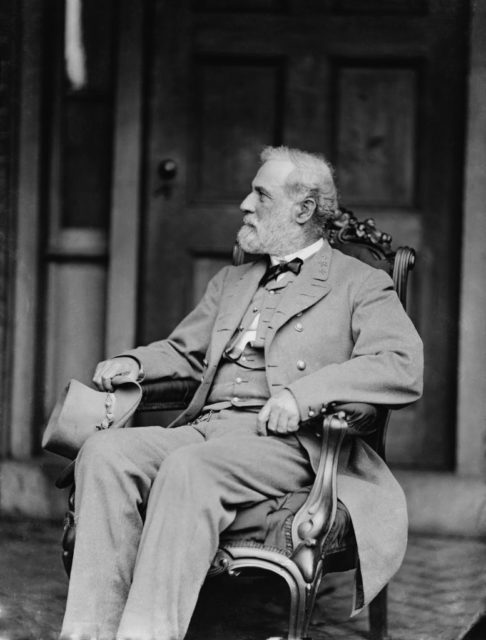
In the decades following the American Civil War, considerable effort was made to portray Confederate Gen. Robert E. Lee as a saintly hero, including the claim that he opposed slavery and never owned enslaved individuals himself.
This is false. In 1857, Lee’s wife inherited 189 enslaved people following the death of her father, George Washington Parke Custis, whose will mandated they be freed five years after his passing. As well, records indicate that Lee sold several enslaved individuals to settle debts and took legal action to prevent the emancipation of others.
While it’s been suggested Lee was paternalistic toward his slaves, that doesn’t change the fact he owned them. Civil War historian Eric Foner noted in an article for The New York Times, “He was not a pro-slavery ideologue. But I think equally important is that, unlike some White Southerners, he never spoke out against slavery.”
MYTH: Ulysses S. Grant was drunk during the Battle of Shiloh
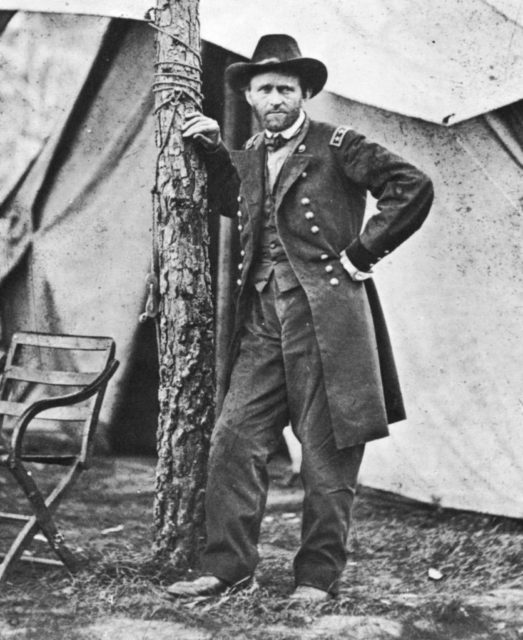
Ulysses S. Grant led the Union Army to victory during the American Civil War, becoming a national hero. Accusations of him being a drunk, however, dogged him for much of his military and political career. Some of these claims emerged following his victory at the Battle of Shiloh, when a reporter from the New York Herald wrote that he was drunk during the engagement.
Grant did have a problem with alcohol for much of his life and had a lower tolerance than most men. Writing in the 2017 book, Grant, biographer Ron Chernow stated the Union commanding general would, however, never imperil an upcoming fight by drinking beforehand.
The Shiloh rumors led to requests for President Abraham Lincoln to fire Grant. According to State Sen. Alexander McClure, the president responded, “I can’t spare this man. He fights.” In a letter to his wife, Julia, Grant swore, “[I was] sober as a deacon no matter what was said to the contrary.”
MYTH: Amputations were frequently performed without anesthesia
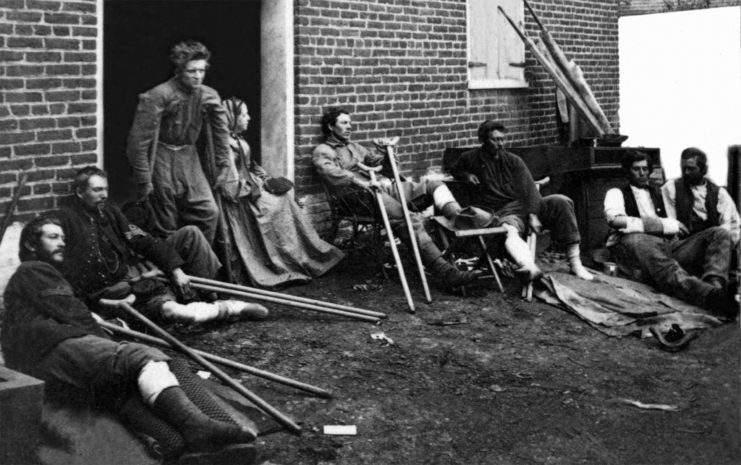
Many movies and books about the American Civil War often portray anesthesia as a rarity during the conflict. Iconic scenes of soldiers taking a swig of whiskey and biting down on a piece of wood while having a limb amputated have left a lasting impression. While such instances did occur, they were far less common than Hollywood suggests.
In truth, Civil War doctors were well aware of the importance of anesthesia and frequently used chloroform and ether for major surgeries. As noted by History Collection, “Over [90 percent] of all amputations performed during the war were accomplished with the patient under anesthesia.”
One notable recipient of such an amputation was Confederate General Stonewall Jackson. After being struck by friendly fire following the Battle of Chancellorsville, he died from pneumonia a week later.
MYTH: The Confederate Army was made up of volunteers
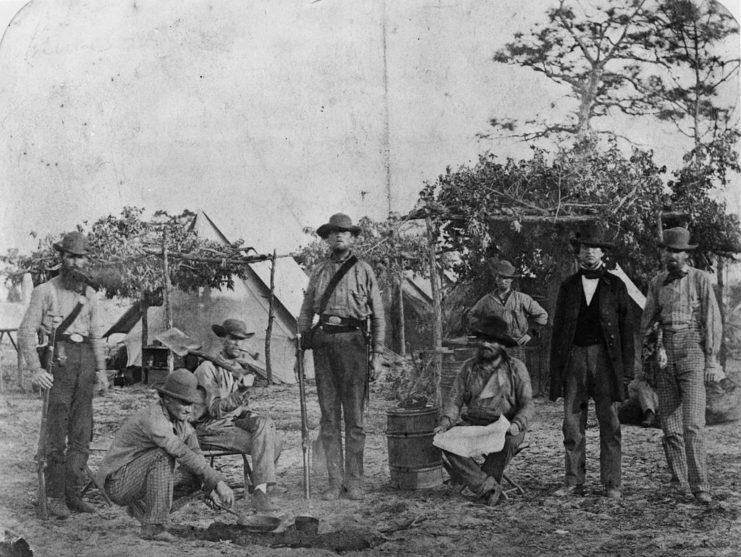
Another common belief is that every soldier in the Confederate Army volunteered to serve. This idea is so widespread that the University of Tennessee even nicknamed its sports teams the “Volunteers.” While many men did enlist willingly, the claim that the entire army was made up of volunteers is not accurate.
To ensure enough soldiers were available for battle, the Confederate army began a conscription program. Between 1862 and 1864, several laws were passed requiring white men between the ages of 18 and 35 to serve for three years. Over time, the draft expanded to include men as young as 17 and as old as 50, with no set limit on how long they had to serve.
As with many draft systems, wealthier individuals had advantages. Men who owned 20 or more enslaved people were exempt so they could continue managing their property. Additionally, those with enough money could pay for a substitute to take their place. While this loophole allowed the rich to avoid service, it often created frustration among poorer soldiers, who had no choice but to fight.
MYTH: States’ rights were the cause of the American Civil War
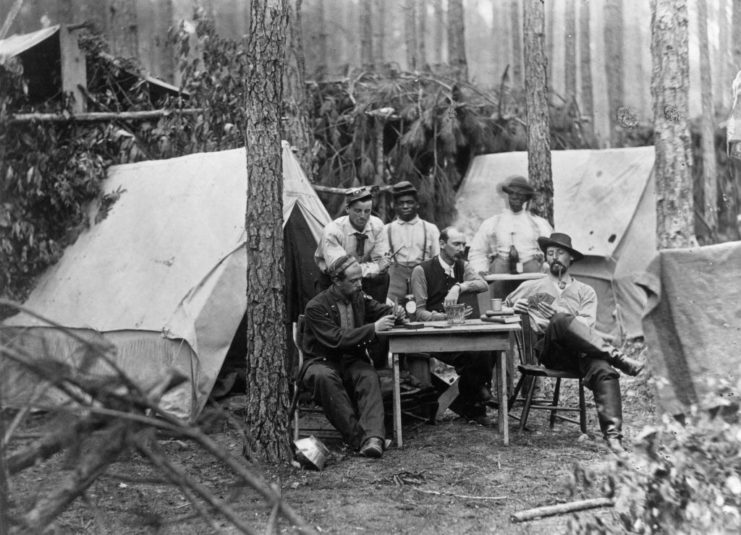
One of the main arguments often made by Confederate apologists is that the American Civil War wasn’t really about slavery. They claim it was about states’ rights and that the Union overstepped by interfering with the South’s right to keep slavery, even though no national laws had been proposed to end it at that point.
But this argument doesn’t hold up. In the two decades leading up to the war, heated debates raged over the issue of slavery, and for many in the South, Abraham Lincoln’s election was the final straw.
More from us: John Clem: The Youngest Noncommissioned Officer in US Army History
When the Confederacy created its own government, its constitution actually made it clear that slavery was off-limits for individual state decisions and could only be ruled on at the federal level. One striking passage even declared, “No bill of attainder, ex post facto law, or law denying or impairing the right of property in negro slaves shall be passed.”
